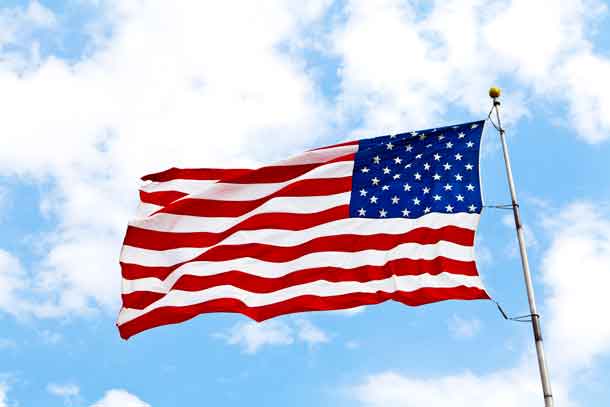You will have a great time moving from the US to Canada because it brings you to a place of new and better opportunities next to friendly people coupled with natural brains. But changing the country is not an easy thing and it requires a lot of preparations, and US to Canada movers can help you with it. Here they are in detail to make your transition into Canada as easy and as possible as possible. Let’s dive in!
Understand your visa options and immigration pathways
Navigating the immigration process is one of the first steps you’ll need to tackle. Canada has several visa and immigration options depending on your situation:
- Express Entry Program: Designed for skilled workers, this is a points-based system that evaluates your age, education, work experience, language proficiency, and more.
- Provincial Nominee Programs (PNP): Each province and territory has its criteria for selecting skilled workers. If you have a specific province in mind, this may be a good option.
- Work Permit: If you have a job offer from a Canadian employer, you can apply for a work permit.
- Family Sponsorship: If you have close family already residing in Canada, they can sponsor you.
- Study Permit: Interested in higher education? A study permit can also serve as a pathway to permanent residency.
Each visa has different requirements, processing times, and costs, so make sure to research thoroughly and, if needed, consult with an immigration consultant.
Research the cost of living in various canadian cities
Canada’s cost of living varies widely depending on the city or province you choose. While cities like Vancouver and Toronto are known for their high housing costs, smaller cities such as Halifax, Winnipeg, or Quebec City are more affordable. Consider factors like:
- Housing Costs: Look into renting vs. buying. In some regions, rent control policies and tenant rights may differ significantly from the US.
- Healthcare Expenses: Though Canada has universal healthcare, not everything is free. Some services may require additional insurance.
- Taxes: Be prepared for higher taxes, particularly in provinces like Quebec. Unlike in the US, provinces can also levy their income tax, which can affect your take-home pay.
Balance your lifestyle preferences and budget to choose the best location for you.
Get to know the healthcare system
Canada’s public healthcare system, often referred to as Medicare, is one of its biggest attractions. However, it’s different from what you might be used to in the US:
- Provincial Health Plans: Each province runs its health insurance plan. Some provinces require a waiting period of up to three months for new residents to access public healthcare.
- Private Health Insurance: It’s wise to get private health insurance to cover the waiting period or any services not covered by the public plan, such as dental, vision, or prescription medications.
- Family Doctor Availability: Finding a family doctor in some cities can be a challenge due to high demand. Start your search early.
Prepare for canadian weather
Canada’s winters are legendary, especially in cities like Winnipeg and Montreal, where temperatures can drop to -30°F (-34°C) or lower. Preparing for the weather is essential:
- Invest in Quality Winter Gear: A good winter coat, snow boots, thermal layers, and accessories like gloves and scarves are must-haves.
- Learn Winter Driving Skills: If you’re moving to an area with harsh winters, understanding how to drive on snow and ice is critical.
Familiarize yourself with the cultural differences
Canada and the US may share a border, but there are some noticeable cultural differences to keep in mind:
- Politeness and Communication: Canadians are known for their politeness. Phrases like “sorry” and “thank you” are used liberally.
- Multiculturalism: Canada prides itself on being multicultural, with many cities like Toronto and Vancouver hosting diverse communities.
- Bilingualism: French is an official language, and in certain areas (like Quebec), it’s the primary language. It’s worth learning basic French if you’re moving to Quebec or other French-speaking regions.
Sort out your finances before moving
To ensure a smooth financial transition, take the following steps:
- Open a Canadian Bank Account: Set this up as soon as possible. Big banks like RBC, TD, and Scotiabank offer tailored services for newcomers.
- Build a Credit History: Your US credit history won’t transfer to Canada, so apply for a Canadian credit card and start building your credit score.
- Understand Currency Exchange Rates: With the fluctuating value of the US dollar compared to the Canadian dollar, be mindful of exchange rates when transferring funds.
Plan for your pets and belongings
Moving pets across the border requires some paperwork:
- Pet Documentation: Make sure your pet has up-to-date vaccinations and the necessary health certificates.
- Quarantine Rules: While Canada does not typically require quarantines for dogs and cats from the US, certain breeds and exotic animals may face restrictions.
- Bringing Personal Items: Make an inventory list for customs, and be aware of what items are prohibited or restricted.
Get your driving license and car registration in order
You can drive on your US license for a limited time, but eventually, you’ll need a Canadian license. Each province has its regulations:
- Driver’s License Exchange: Some provinces have a straightforward exchange program with certain US states, while others require a written and road test.
- Car Importation: If you’re bringing a vehicle, it must meet Canadian safety standards. This could involve costly modifications, so consider whether it’s worth importing.
With these tips in hand, you’re well-prepared to make a successful and enjoyable transition to life in Canada. Best of luck, and welcome to the Great White North!







